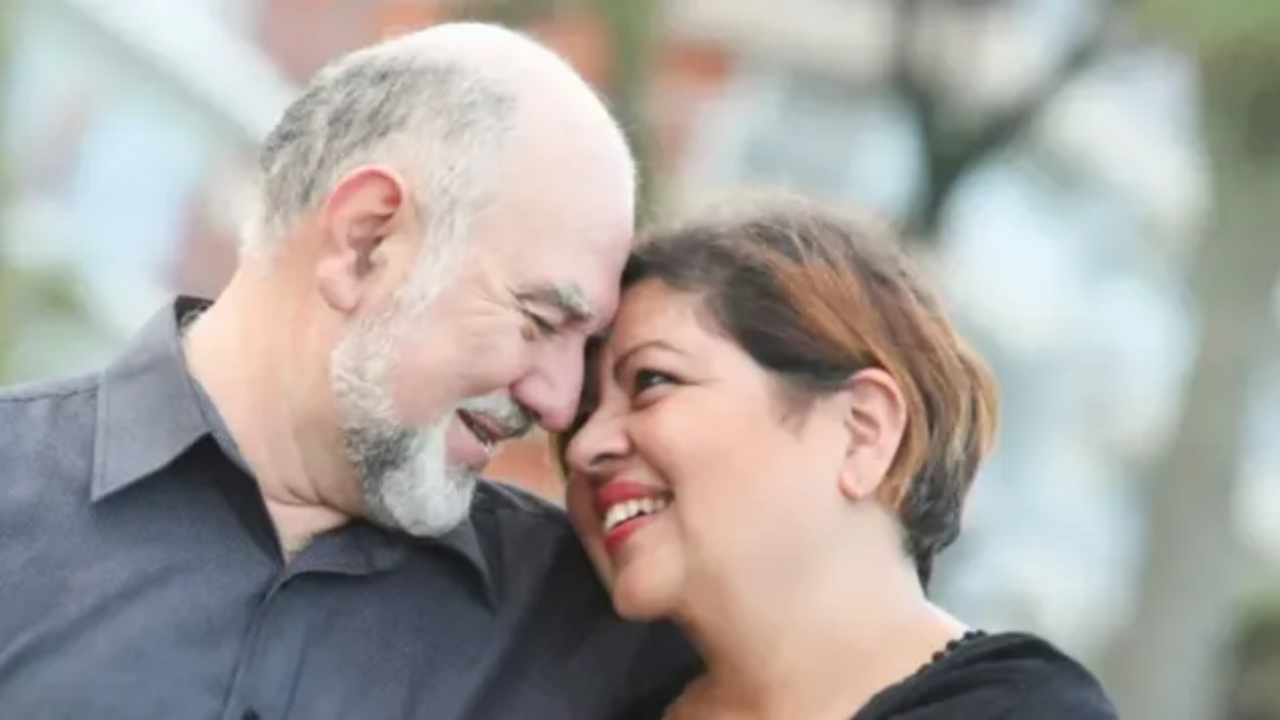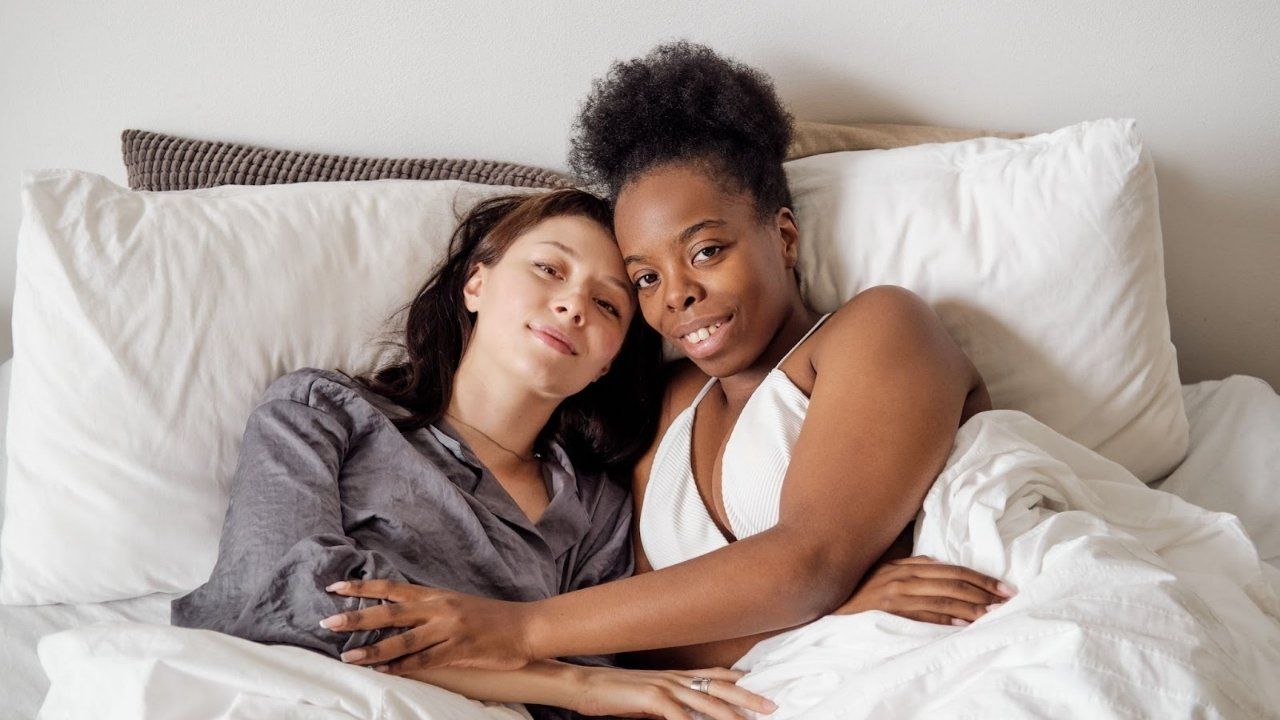Loss of Attraction: Stop Getting Stuck in the Causes
Dec 12, 2022
It’s all about setting goals that your client can actually achieve
Recently, I’ve been talking with a lot of therapists about working more effectively with clients who are experiencing a loss of attraction to their partner, and there’s one question I heard over and over, in a number of variations: “What if the loss of attraction is related to the other partner living an unhealthy lifestyle?”
In my experience, this is a very common place therapists get stuck. I can certainly understand why, but nonetheless, dwelling on exactly why your client isn’t feeling attracted to their partner is most likely not going to get you where you want to go.
When I get stuck like this, I always bring myself back to this point: A good goal needs to be within your client’s power to achieve. That means it can’t be about your client’s partner’s body, or habits, or mindset, or anything else that’s not within your client’s direct control. Choosing a goal that’s about someone else’s behavior is a recipe for disempowerment, frustration, and resentment–and that’s not what I want for you or your client.
This is where the topic of “loss of attraction” starts to make things confusing. Your client might come to you saying “I want to be attracted to my partner,” but when you dig deeper, it emerges that what they mean is “I want my partner’s appearance or behavior to change.”
There are a few reasons therapists get stuck here. They may empathize with the client who’s losing attraction; they may also believe that the partner’s lifestyle is unhealthy and worry about it. But none of these factors are actually relevant to the partner’s goal, and focusing on them is likely to disempower your client and get you both stuck.
“I want my partner to change” is not an effective goal. But “I want to experience more attraction to my partner” can be very achievable, if your client is willing to work to shift some things within themselves. Can you see the difference?
That might involve your client working to:
- Open themselves up more to positive feelings about their partner and spend less time dwelling on negatives
- Deeply reflect on what meaning they’re making out of their partner’s appearance, and whether they’d like to consider other ways of thinking about their looks
- Increase their capacity to engage with and experience sensory pleasure and erotic energy
- Engage in a process of healing around past wounds and disappointments
The specifics will vary depending on your client, but in any case, they’ll have to focus on what they have the power to shift.
You may be wondering “what if my client’s partner is actually interested in working on changing their lifestyle?” Well, that’s perfectly fine, and you can support them in that process. But that’s still a goal for them, not a goal for your client. Moreover, if they’re only interested in making that change because they feel pressured or afraid of losing the relationship, focusing the course of therapy on their change runs the risk of creating serious resentment or even a gridlock that may lead to self-protective inaction, exactly what the partner doesn’t want.
Working with your client to help them gain some capacity to influence their own experience of attraction can only lead to greater empowerment, flexibility, and resilience in the relationship. Our bodies inevitably change over time–what’s not to like about developing the ability to experience attraction to your partner, no matter what shifts life may throw your way?
Originally published on Psychology Today.






